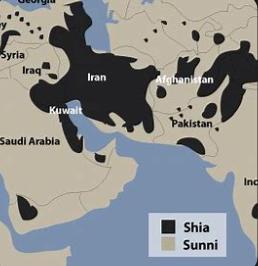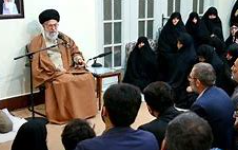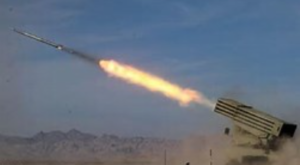Iran initiated airstrikes on 16th January 2024 which is claimed to be bases of a Sunni militant group, Jaish al-Adl, in Pakistan. Iran’s Foreign Minister, Amir Abdullahian, emphasized that the recent strikes were targeted at an Iranian terrorist group and not Pakistani nationals, as reported by the Tasnim News Agency. Intriguingly, these reports were quickly taken down from the online platform, contributing to the growing tensions between Iran and Pakistan.
This move has potentially heightened tensions in an already volatile region. The strikes were executed by Iran’s Revolutionary Guard, targeting the militant group known as the “Army of Justice,” which was established in 2012 and has a significant presence in Pakistan.
The strikes led to casualties, including two children, and were denounced by Pakistan as an “unprovoked violation” of its airspace. This assertive action by Iran is seen as a response to recent deadly incidents in the region, including a suicide bombing by the Islamic State, and follows Iran’s recent attacks in Iraq and Syria.
These actions have put a strain on the delicate diplomatic relationship between Iran and nuclear-armed Pakistan. Pakistan’s foreign ministry has condemned the strike as an “unprovoked violation” of its sovereignty, hinting at severe repercussions and a potential dent in bilateral trust.
Moreover, it is worth noting that these Pak strikes have been followed by the Iran’s vow to retaliate the strikes by ISI (a Sunni militant group based in Iraq and Syria) on Jan 3 on the occasion of the 4th anniversary of its General Qaseem Soleimani in Kemran, with the root cause of conflict claimed to be decade-old Sia-Sunni tensions between ISI and Iran.
This article will delve into this root cause in a more detailed way, understanding the geo-political repercussions it has in West Asia.
Geopolitical roots of the Shia-Sunni Conflict

The contemporary power struggle between Shia and Sunni factions, primarily driven by Iran and Sunni-majority nations, is a significant aspect of modern geopolitics. This tension was ignited by the 1979 Iranian Revolution and has been stoked by the subsequent reaction from Sunni nations. Powerhouses like Saudi Arabia and Iran have exploited these sectarian differences to advance their own agendas.
This discord is palpable in nations with substantial Shia populations such as Iraq, Bahrain, Kuwait, UAE, Pakistan, Saudi Arabia, and Lebanon. The Shia-Sunni schism also influences the political equilibrium in the region, particularly in Syria, Iraq, Lebanon, Bahrain, and Yemen. The complexity of this rivalry is heightened by the existence of large Shia communities in Sunni-majority nations like Saudi Arabia. This discord has far-reaching consequences, affecting both regional stability and international diplomacy.
Historical roots
The Shia-Sunni conflict is a deeply rooted historical disagreement that traces back to the inception of Islam. The divide surfaced after the passing of Prophet Muhammad in 632 AD, when a contention over his legitimate successor led to the fragmentation of the Muslim community into two primary sects. The Shia sect held the belief that leadership should stay within the Prophet’s lineage, while the Sunni sect advocated for the selection of a caliph by consensus. As time passed, theological and political variances have intensified the discord between the two sects, culminating in a multifaceted and persistent conflict.
Global Stability Threat
The conflict between Shia and Sunni, two major sects of Islam, has significant implications for both regional security and global stability. This conflict has been exploited by various factions in countries like Iraq, Syria, and Yemen to further their political objectives, leading to long-lasting conflicts and humanitarian crises. The emergence of extremist groups such as ISIS, who have used these sectarian differences to recruit followers and create disorder, further highlights the destabilizing effects of the Shia-Sunni conflict.
Moreover, the involvement of external powers, such as the United States and Russia, in these regional disputes has added another layer of complexity to an already intricate network of rivalries and alliances.
Shia-Sunni Conflict Resolution
The Shia-Sunni conflict is a complex issue with deep historical roots and modern geopolitical implications. As Iran justifies its strikes as targeting “Sunni militants,” it’s crucial to understand the complexities of this conflict and its wider impact on regional security and global stability.
Addressing these complex dynamics will require a nuanced approach that acknowledges historical grievances, geopolitical rivalries, and the aspirations of various communities within the Muslim world. Only through comprehensive dialogue, diplomacy, and efforts to foster tolerance and understanding can we address the underlying tensions and pave the way for peace and stability in the region.












Comments 1